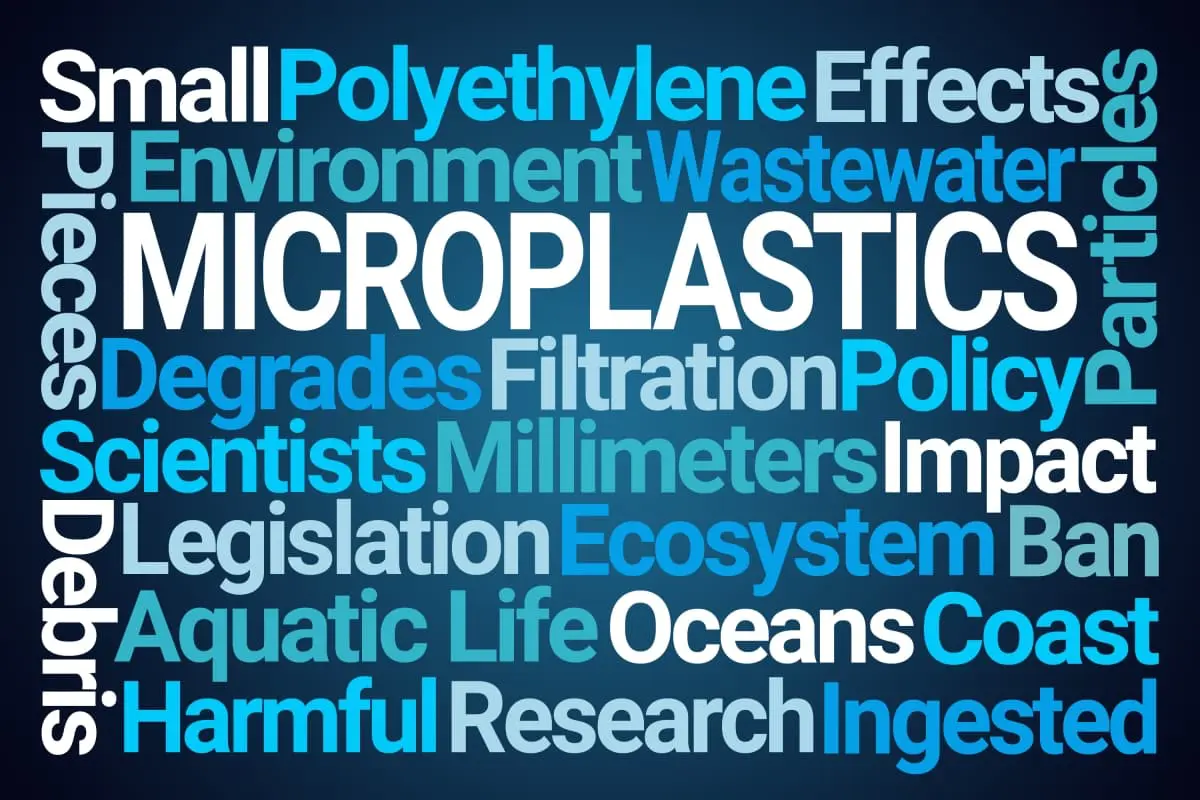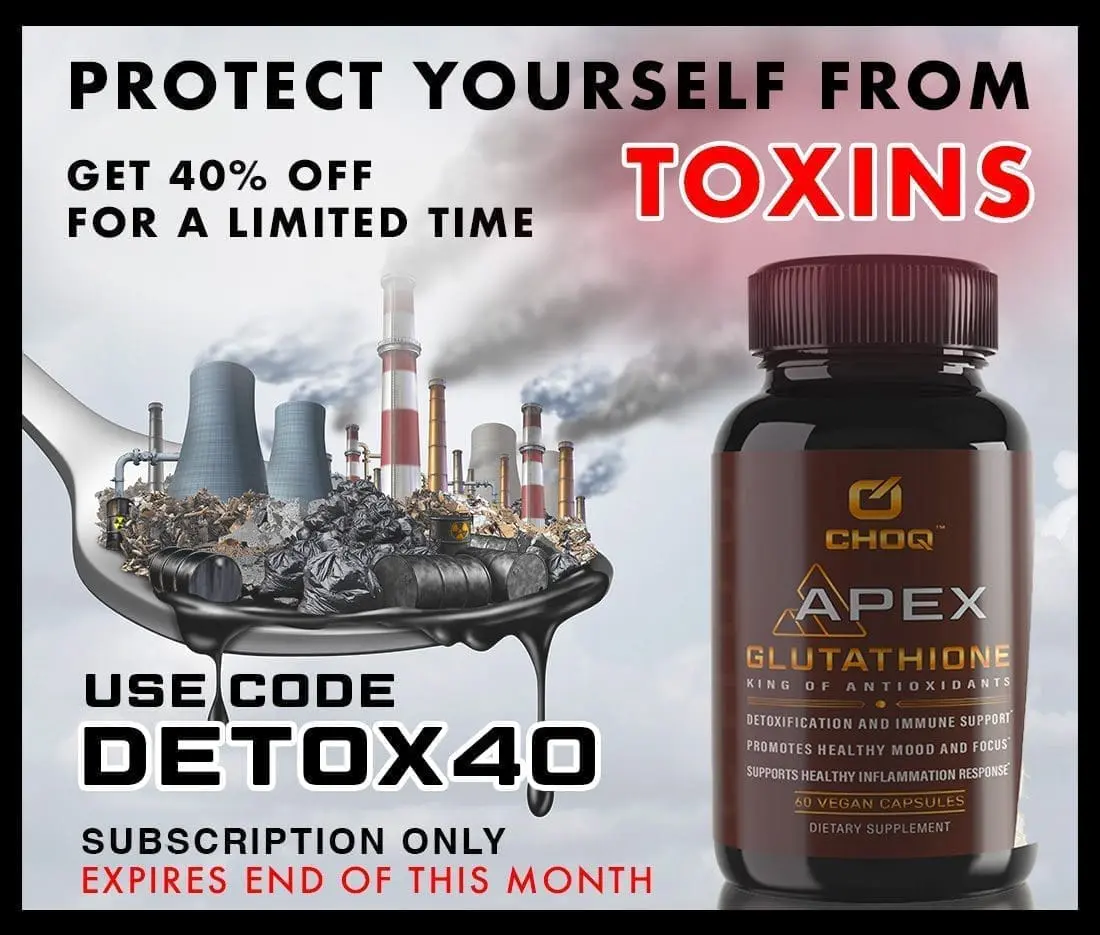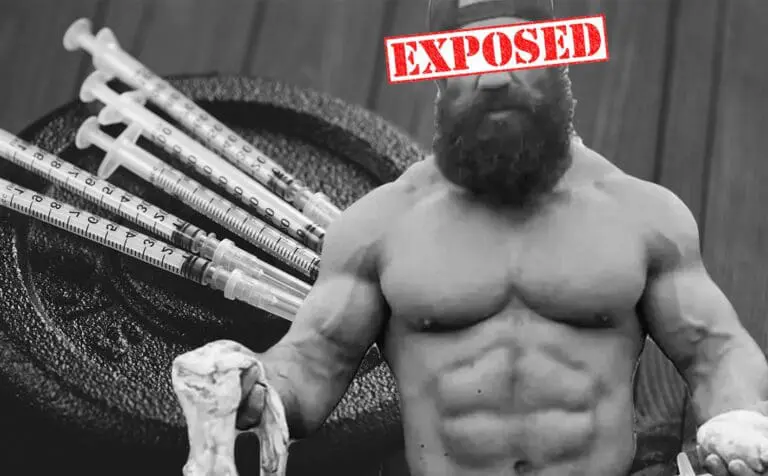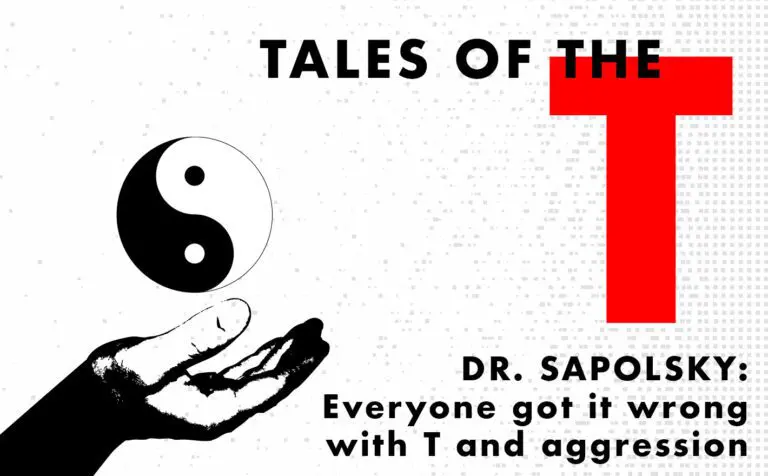Guess what you ate today?
What’d you have for breakfast this morning? Smoothie? Toast? A credit card? A recent study published in Environmental Science & Technology found that the average person consumes 39,000 to 52,000 microplastic particles each year. That’s equivalent to eating a credit card (roughly 5 grams) worth of plastic each week, or 250 grams of plastic per year!
Microplastics are small pieces of plastic less than 5 millimeters (.02 inches) in length that enter the environment via pollution, wastewater treatment, and dust. They come in several forms: fragments, beads, pellets, fibers, and films, and can include toxic chemical compounds like plasticizers, lead, and chlorine.
People eat them in seafood, drink them in our water and beer, inhale them in our air, wear them in our synthetic clothing, throw them away in our bags and bottles, and absorb them in trace amounts every single time we use synthetic cosmetics, open a package, or touch a receipt.
According to Environmental Science & Technology, the average person will consume 43.32 lbs. of plastic over their lifetime. Think of those hefty 45 lb. dumbbells in the gym. Now imagine one of them is made out of plastic. Not imagine eating it. Not good. People aren’t out there snacking on credit cards, so how are these plastic particles finding our way into our diet?
Microplastics break down from larger pieces of plastic after being weathered by waves, sunlight, and other physical stress, finding their way into the ecosystem via pollution and water treatment.

What’s in YOUR water?
If you drink unfiltered tap water, you should probably stop doing that. Investing in a reverse osmosis filter will allow you to filter water down to 0.001 microns and remove any known microplastics. If you can’t afford one of those, you’ll probably have to dig your own well to get that crisp, plastic-free taste.
Bottled water is even worse than tap water, of course. If you’re one of the millions of people who drink bottled water, you’re exposing yourself to an additional 4,000 plastic particles annually. If you make the double mistake of drinking only bottled water, you’re ingesting an additional 90,000 plastic particles per year. Is there no end to this plastic madness?
It’s still unknown what effect eating all this plastic over a lifetime will be. Scientists haven’t concluded how many microplastic particles the average person can tolerate, though one 2017 King’s College of London study postulated that cumulative consumption would prove toxic, and potentially fatal. Of course, it doesn’t take a genius to realize that consuming plastic isn’t healthy.
Microplastic contamination in food is a controversial issue. One study published in the journal Trends in Food Science & Technology points out that microplastics and their associated risks are not fully understood, and knowledge gaps in methodology, toxicology, and monitoring in existing studies make it hard to determine that the data we do have is correct.

Got man boobs?
Microplastic pollution poses a greater threat to men than women due to the process of estrogenization. Most plastics leach hormone-like chemicals that disrupt the natural production of testosterone in the male body: the most vital component to our well-being, confidence, and performance. These plastics promote estrogen production in our bodies which causes a range of issues from man-boobs to erectile dysfunction.
But microplastics don’t just represent a threat to people – they represent an emerging threat to our planet’s terrestrial and marine ecosystems. Plastic production, distribution, and disposal occurs on land but plastic makes its way into the ocean via pollution and wastewater treatment. It’s estimated that 12.7 million metric tons of plastic debris make it into the ocean each year.
In the ocean, plastic tonnage breaks up into microplastics and nano-plastics (1 to 1?m in size) which are consumed by fish and fall to the ocean floor, permanently altering its carbon level and inhibiting the growth of oxygen-based bacteria that fill the seas.
The threat of microplastic pollution is compounded by the interconnectivity of our ecosystems. Fish consume the microplastics, birds consume the fish, and predators consume the birds and fish. While microplastics were formerly believed to remain in the organs of birds and fish, new research suggests that they make their way into the flesh that people, and other predators, consume.

Plastic Pollutes Our Land
Shockingly, terrestrial ecosystems might be under greater threat than their marine counterparts. According to one study, approximately 6300 million tons of plastic waste have been generated on earth, of which ~4977 million tons have accumulated in landfills and the natural environment, representing “one of the most widespread and long?lasting anthropogenic changes to the surface of our planet.”
A 2017 study asserted that microplastic contamination on land might be 423x greater than in the ocean and that agricultural soils alone might store more microplastics than oceanic basins, affecting soil physico-chemistry and terrestrial food webs.
The picture seems pretty bleak, but there are some things we can do to stop these pesky particles from ending up in our bodies.
What can I do?
Ditching bottled water is the first and most necessary step to defeating the microplastic menace. Using microplastic-free cosmetics and personal care products is another big difference we can make in our daily lives to avoid contaminating our environments (and bodies).
Investing in natural fiber clothing, carpets, curtains, and towels can drastically reduce exposure to plastic particles as well. Synthetic clothing leeches roughly 100,000 microfibers into rivers, oceans, and wastewater every time you pop them in the wash. Consumers should demand that washing machine companies add filters that catch these microfibers,and should turn to natural clothing over synthetic.
There are tons of brands that are certified “no plastic” brands that make it easier than ever to buy earth-friendly products.
The burden isn’t just on the individual consumer. Companies must step up to the plate and remove single-use plastics, like polyethylene bags, from production and circulation. It’s up to both consumers and companies to rely instead on compostable, plant-based plastics for the products of the future.
For those of you that feel hope is lost: have faith. The future of consumer products may rely on biological processes rather than petrochemicals. Scientists in Japan are getting closer to synthesizing a type of bacteria, PETase, that is capable of eating plastic. Other plastic-eating bacteria have been discovered in Pakistan and Houston, Texas. We may live to see a future where our plastic waste isn’t an impending ecological crisis, but a tasty snack for your pet bacteria.
Until then, it’s up to us to protect our world and all the life forms that call it home.





